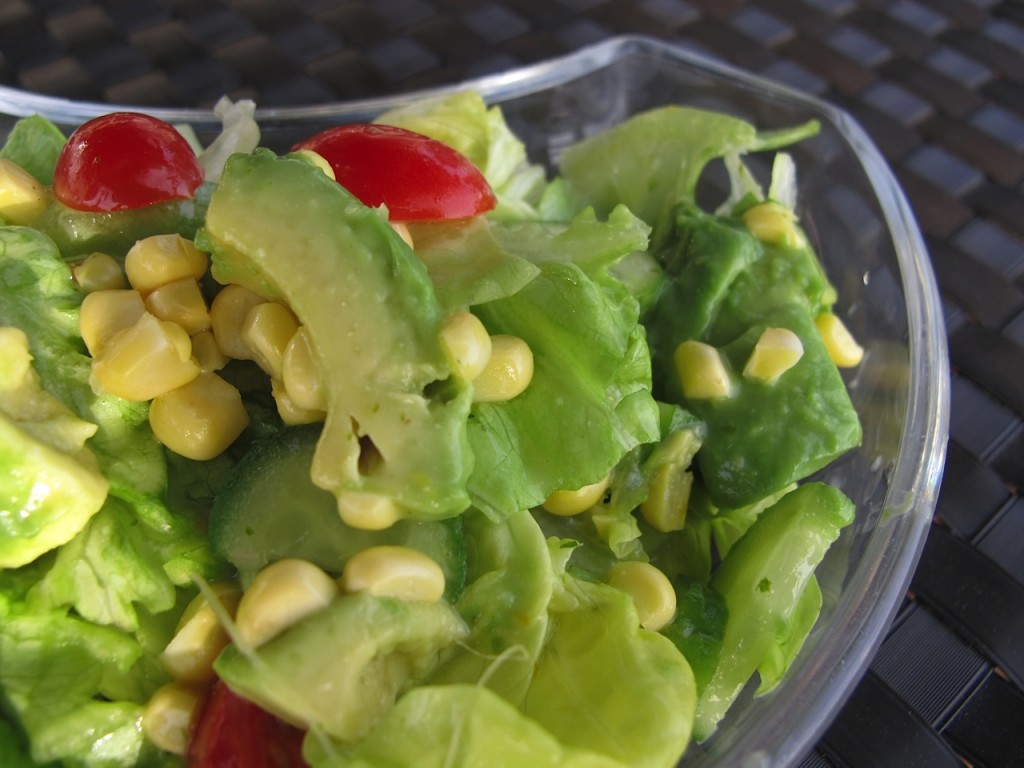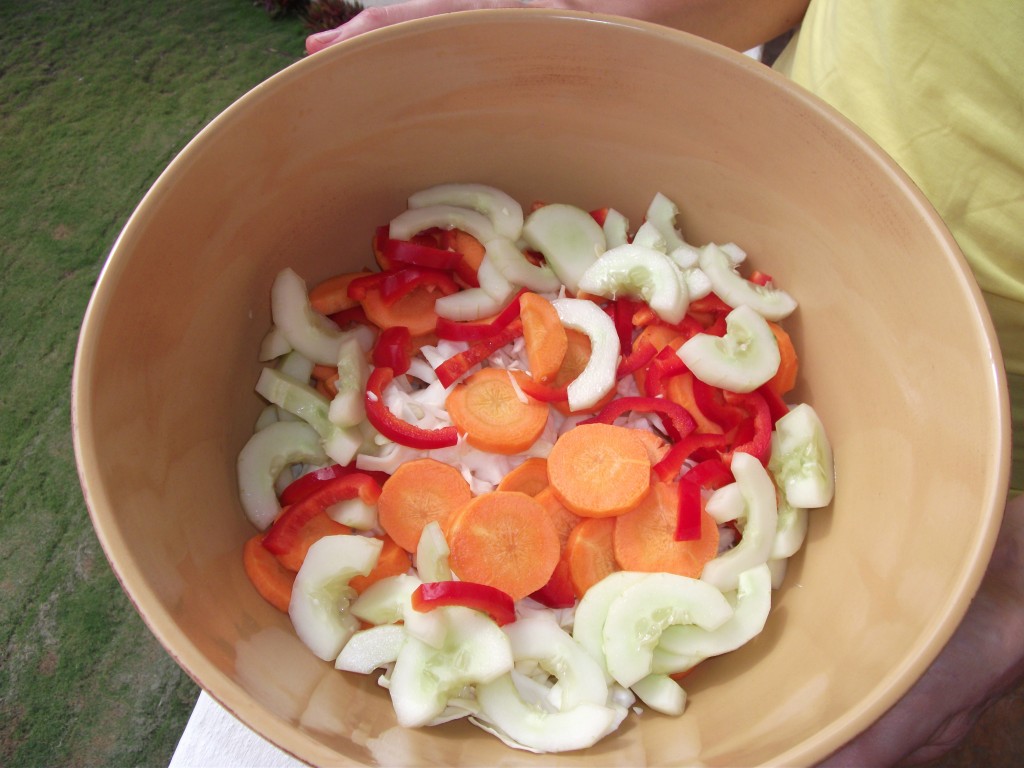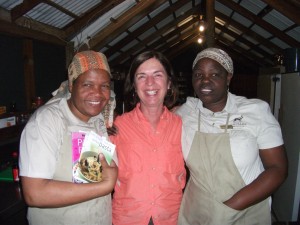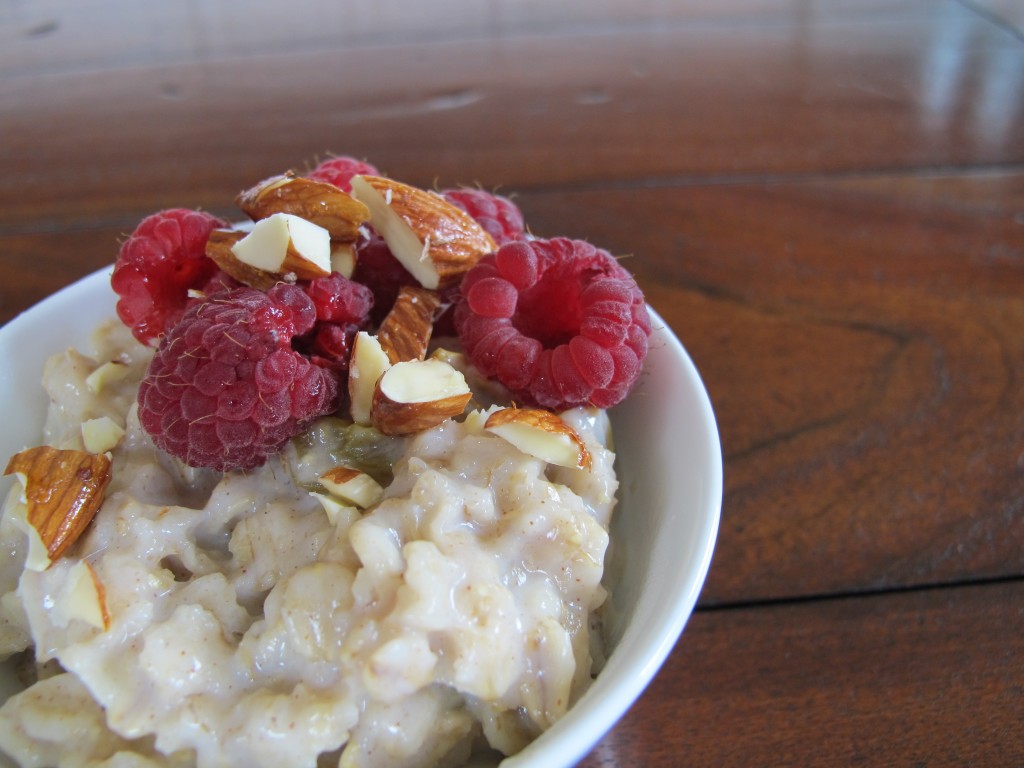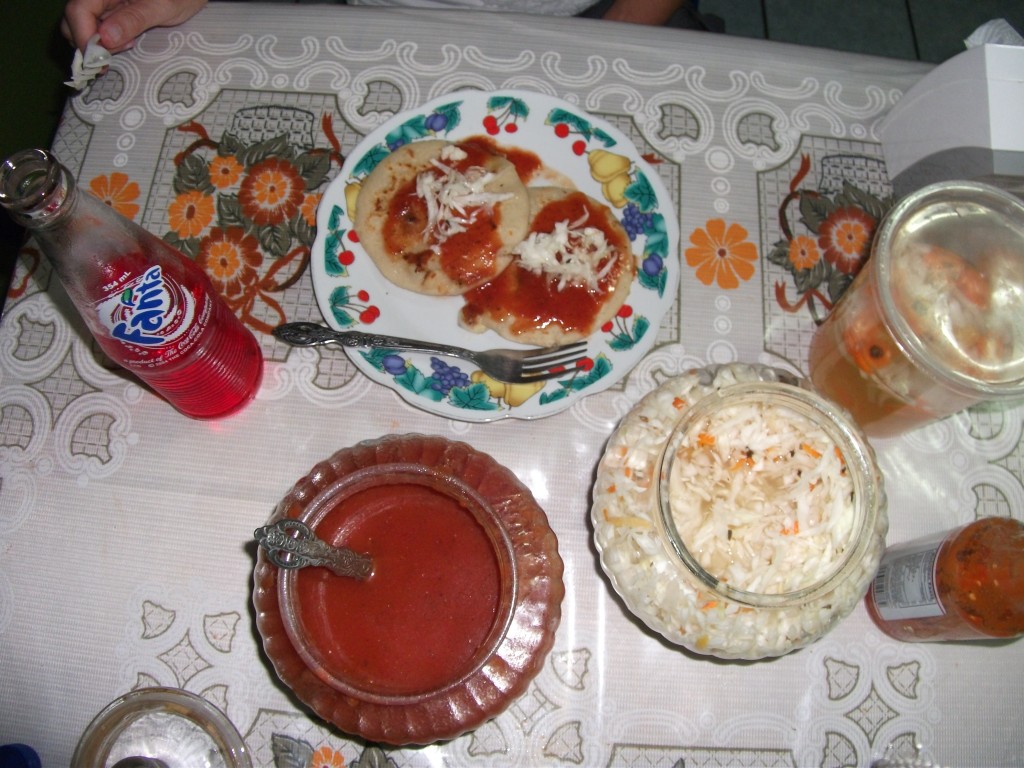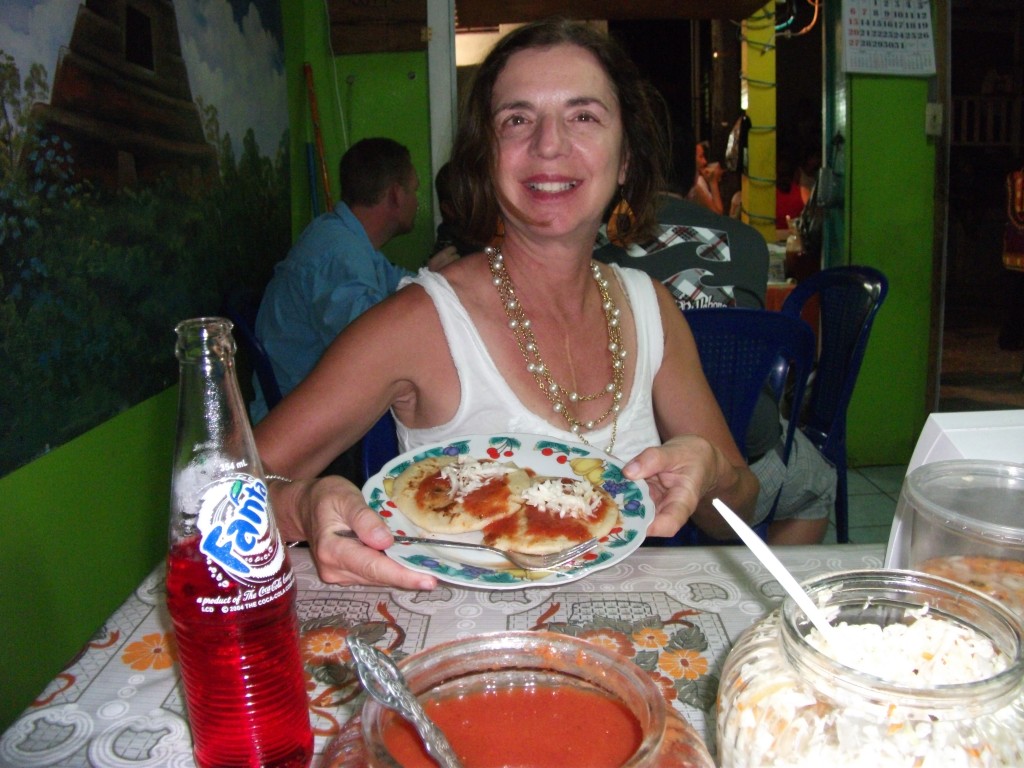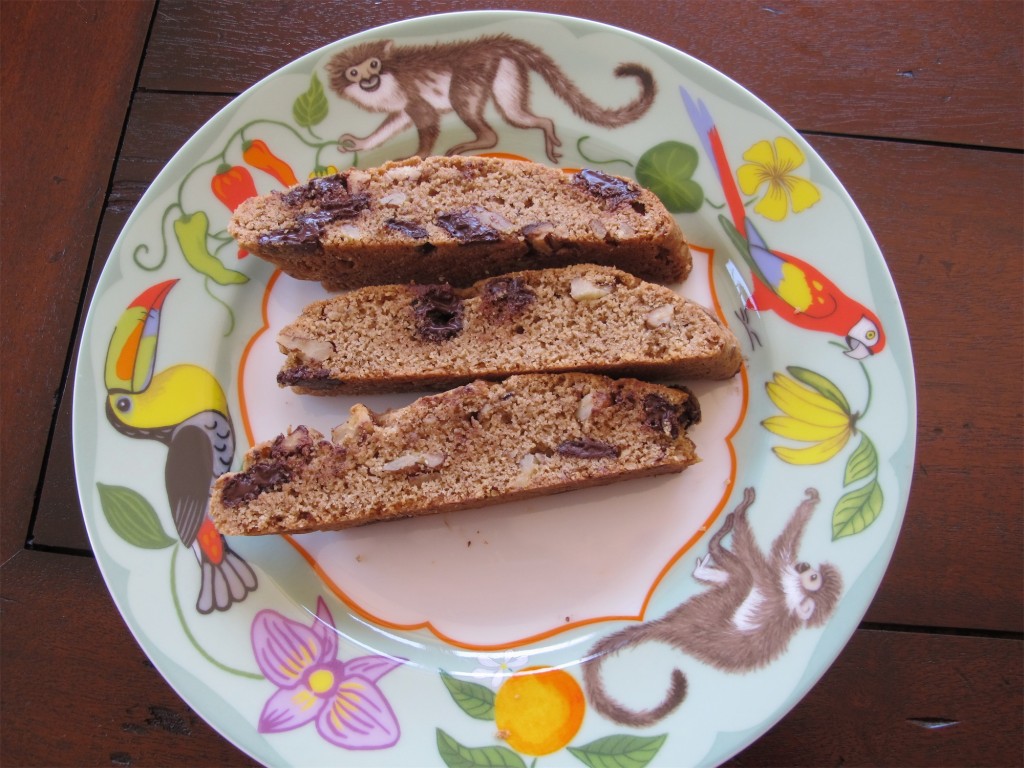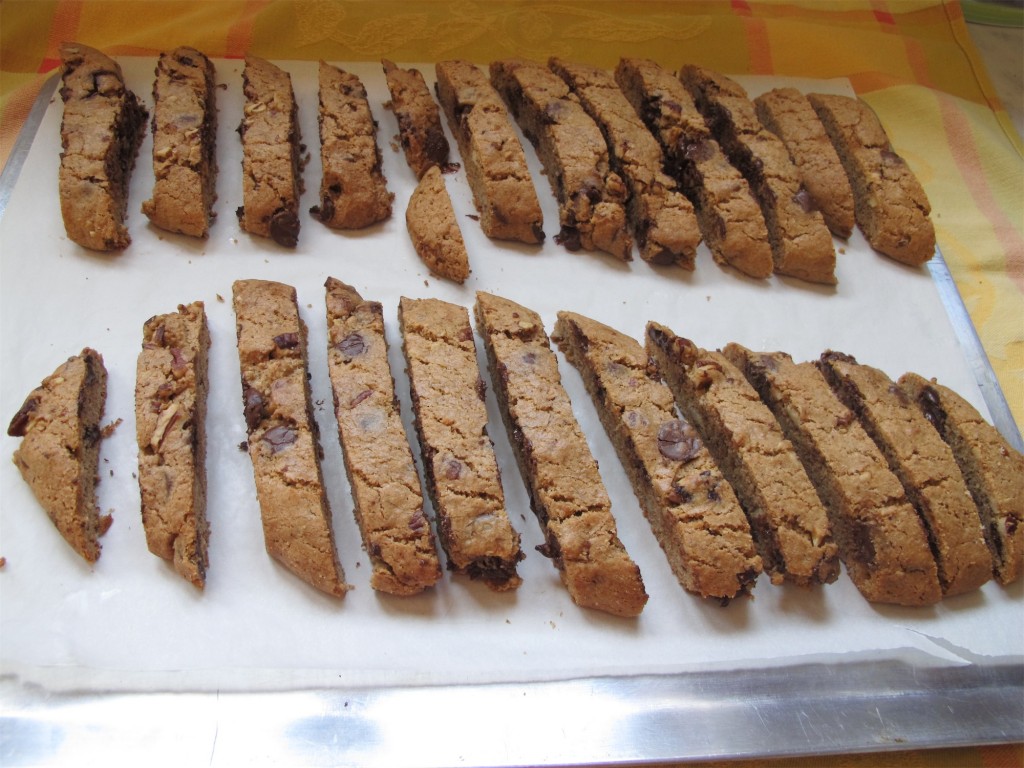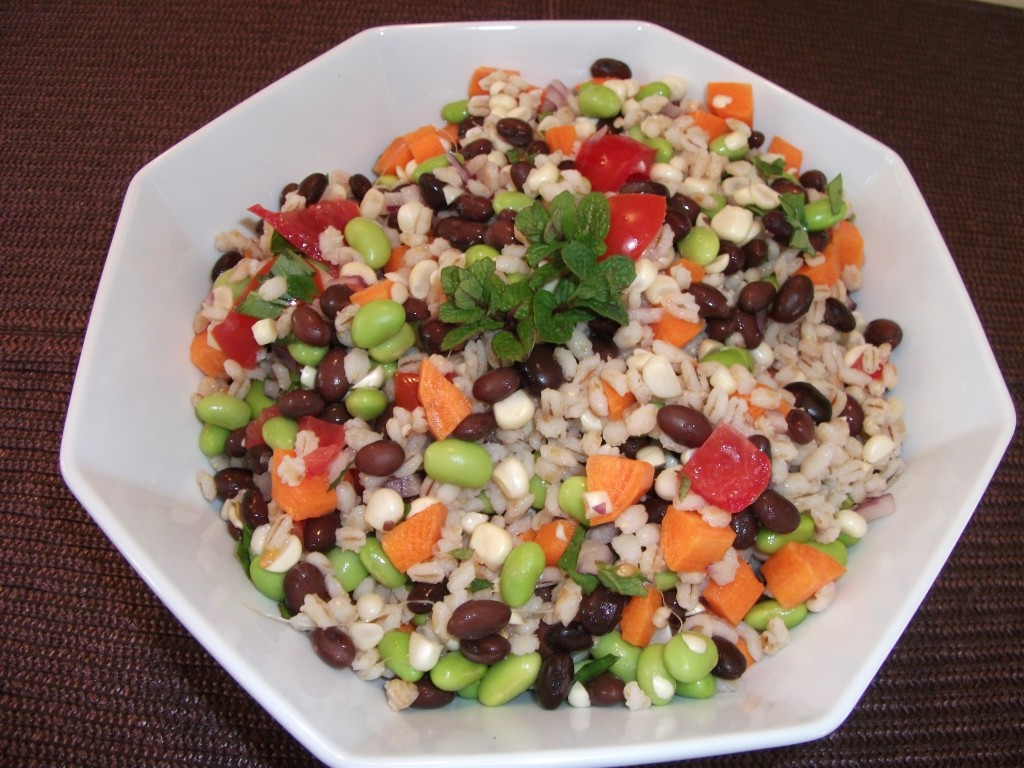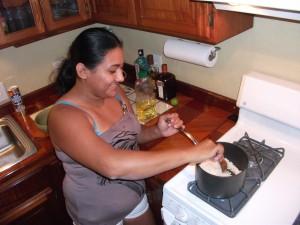Sometimes I enjoy being the eldest of the three girls in my family of origin. That said, I often feel like I serve as the guinea pig for my younger sisters, Susan and Kay. I was the first of us to have trouble reading small print, the first in my family to have a child apply to college, the first to put on a wedding, the first (and only so far) to become a grandmother.
I would describe my mom, Merry (yes, she spelled it like that) as a “force.” She married after knowing my dad only three months and she was in her thirties, which back in the 1940’s was like being an old maid. She had four older sisters and four older brothers, and felt extremely close with three of the sisters – Esther, Tilly, and Lena. They called each other by affectionate “code” names ; mom’s designated name was JET LEE. Perfect for her.
Sadly, my mother died at the very young age of 71. Age 38 at the time, I didn’t have friends who had lost their mothers. Her death came as a shock to me. Besides being fun, energetic, capable and smart, my mom left a legacy of closeness with her sisters and brothers. We girls adopted her strong focus on family and for 20 years so far, have made a point of arranging a trip together sans husbands and kids at least yearly if not more often. Sure, we have our cat fights and squabbles but we three know that if we needed our sisters for any reason, we would get on a plane and be there with each other in a heartbeat.
We also were reared in a family that LOVED birthdays. In my youth, that day was so special because we chose what variety of cake (my favorite was angel food with pink buttercream frosting!!) we wanted to have mom bake, we selected our favorite dinner menu, and all through the house were pasted notes on mirrors, in drawers, on our pillow (no Post-It notes back then) with affectionate “I love you” and “Happy Birthday sweetheart” messages written in bright colors with hand drawn smiley faces. To this day, I still love my birthday.
It followed suit that my two sisters gave me the choice for a destination to celebrate my 60th birthday. I wanted an easy place for our journey. I searched for a location where the weather was warm and the stress nonexistent. I chose The Enchantment in Sedona, Arizona. On the surface, definitely not the most exciting or exotic locale, but I knew we could partake of tasty meals, hike, bike, swim, exercise, walk around in our bathrobes, read, knit and experience a great time. As an extra bonus my daughter Rachel, whose 33rd birthday fell two days after my 60th, surprised me and accompanied us for three of our five days while my husband babysat her 22 month old son. Acts of kindness such as this are the reason I have stayed married to him for 39 years and counting.
We all shared a room and slept two to a bed. My three children sent me a beautiful bouquet of unusual flowers EVERY SINGLE DAY. Kay and Susan sang songs with made up lyrics, showered me with cool gifts and made my birthday so very special. We shared meals at the spa and had dinner and happy hour about half the time at the Enchantment Resort’s Tii Gavo.
Every day we participated in numerous activities and one of my favorites was an afternoon cooking class at the spa restaurant. The lesson turned out to be quite entertaining, and the chef demonstrated a delicious, low-fat salad dressing. I never eat low-fat anything yet I absolutely adore this dressing and make it often – surprising friends and family by telling them that it’s healthful. Instead of using tons of fat in the dressing, much of the oil is replaced with “thickened” water (see recipe below). This information and methodology interested me and I think you’ll agree if you make this recipe that it is a pretty cool concept. I use this salad dressing to top seasonal or delicate greens with sliced grilled chicken, fresh steamed asparagus pieces and avocado, sprinkled at the end with toasted sunflower seeds. The pale green dressing, its flavor punctuated by citrus juices, wasabi and mustard also tastes amazing drizzled over a piece of halibut or salmon, and even on top of grilled veggies.
Mii Amo Citrus Vinaigrette (with my changes)
Makes 3 cups of dressing*
Ingredients
- 1 garlic clove
- 12 sprigs of fresh cilantro (about 3 Tbsp)-stems and leaves both
- 1 medium sized shallot
- 2 tsp. dry mustard
- 2 tsp. dried wasabi powder
- ½ cup seasoned rice wine vinegar
- 1 lemon, zest and juice
- 1 lime, zest and juice
- 1 orange, zest and juice
- 1 ½ cups “thickened water” (2 Tbsp cornstarch & water – see below) **
- ½ cup canola/olive oil mixed together (or just olive oil)
- Salt to taste
- Honey to taste (if you like it a bit sweeter)
Instructions
** Prepare the “thickened water” by making a slurry of 2 Tbsp cornstarch whisked into 2 Tbsp of cold water, then slowly add to 2 cups of boiling water in a saucepan. Simmer until thickened for one or two minutes. Refrigerate until cool.
Place all ingredients except oil into the blender. Slowly drizzle the oil into the blender while it is still running to emulsify. The dressing will be fairly thin. Store in the refrigerator for one week to 10 days.
*You can easily cut this recipe in half if you don’t want three cups – or make it all and give some to friends!
Check out more recipes at Wanderfood Wednesday!




